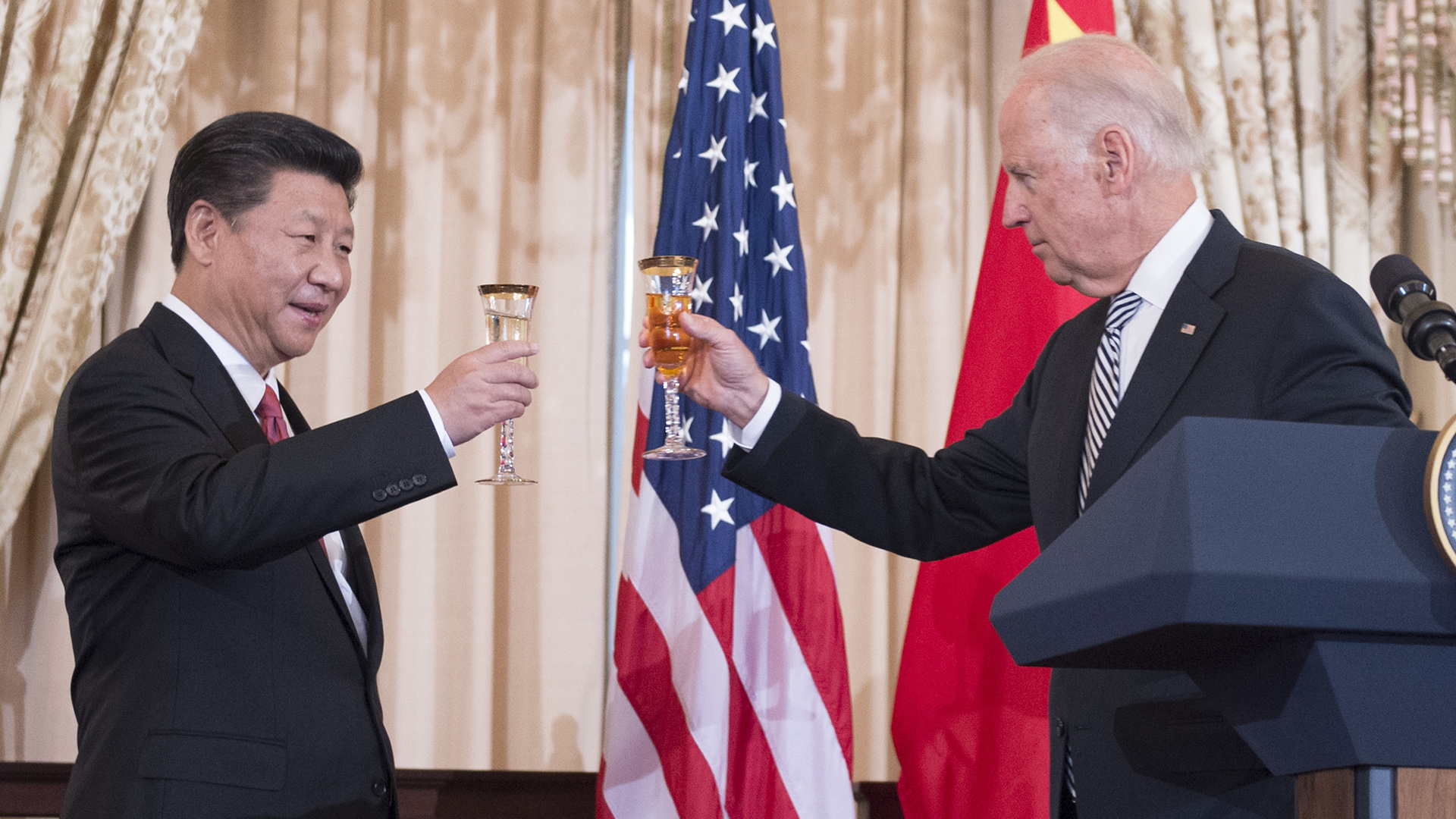
Then US Vice President Joe Biden raises his glass to toast Chinese President & Communist Party general secretary Xi Jinping at a State Luncheon in the Chinese leader's honor at the U.S. Department of State in Washington, D.C., on September 25, 2015. / Wikimedia Commons
Here's a question where the answer might seem obvious, but is not: If you were going to buy a Tesla in Japan, what's the best way to do that?
If you answered, "I would import it from Shanghai," you would be correct.
If you get your news analysis from the likes of CNN, BBC, The Guardian, New York Times, Washington Post, you're probably not aware that the world's largest trade pact came into effect on New Year's Day 2022.
This is because a lot of the media narrative currently focuses on the relatively hostile political relationship between Australia and China, Japan and China, Philippines and China, New Zealand and China, etc. etc. They are correct, but that's not the whole story.
The Regional Comprehensive Economic Partnership (RCEP) was put in place by China after then US president Donald Trump pulled his country out of the Trans Pacific Partnership (TPP).
RCEP is a free trade agreement among the Asia-Pacific nations of Australia, Brunei, Cambodia, China, Indonesia, Japan, South Korea, Laos, Malaysia, Myanmar, New Zealand, the Philippines, Singapore, Thailand, and Vietnam.
The rules are simple: RCEP does not give a flying f*ck about labour exploitation, human rights, environmental sustainability, and the like; it simply charts a path toward elimination tariffs on 90% of trade between the signatories in the next 20 years.
Now consider that the 15 member countries account for close to one third of the world's population (2.2 billion people) and one third of global GDP ($26.2 trillion).
This is the largest trade bloc in history. Joe Biden has zero influence here.
And that's why when Japan imports Teslas from China, they will be better off than importing those from the US.
